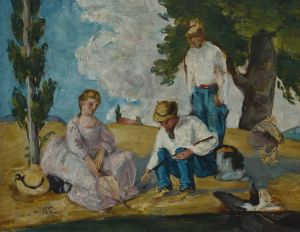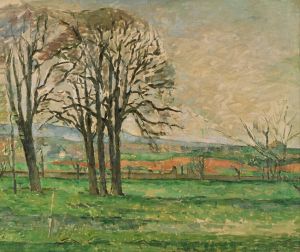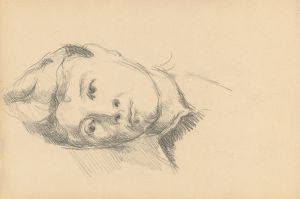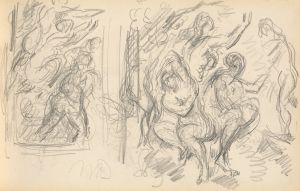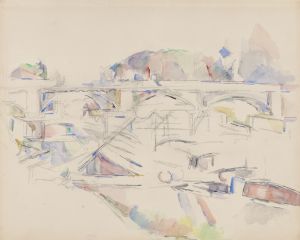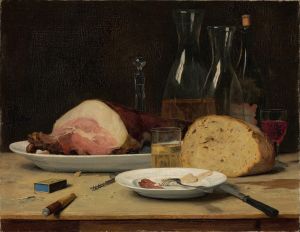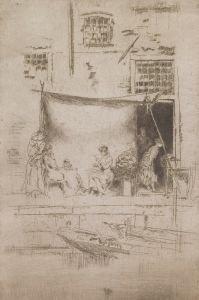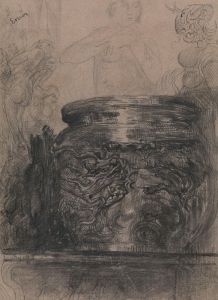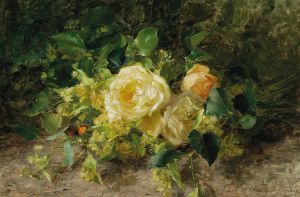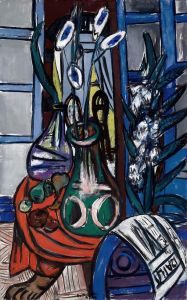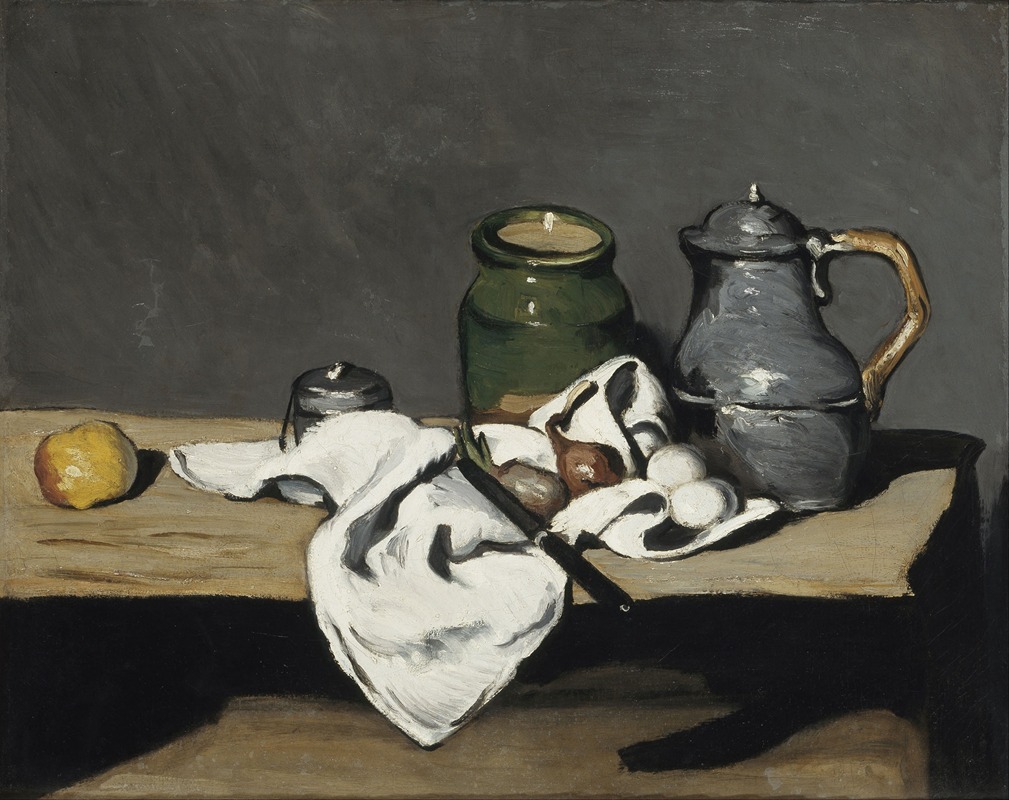
Still life with kettle
A hand-painted replica of Paul Cézanne’s masterpiece Still life with kettle, meticulously crafted by professional artists to capture the true essence of the original. Each piece is created with museum-quality canvas and rare mineral pigments, carefully painted by experienced artists with delicate brushstrokes and rich, layered colors to perfectly recreate the texture of the original artwork. Unlike machine-printed reproductions, this hand-painted version brings the painting to life, infused with the artist’s emotions and skill in every stroke. Whether for personal collection or home decoration, it instantly elevates the artistic atmosphere of any space.
"Still Life with Kettle" is a painting by the renowned French Post-Impressionist artist Paul Cézanne. Cézanne, who lived from 1839 to 1906, is often credited with laying the groundwork for the transition from 19th-century Impressionism to the 20th century's new line of artistic inquiry, Cubism. His unique method of building form with color and his analytical approach to nature influenced the art of Cubists, Fauvists, and successive generations of avant-garde artists.
Cézanne's still lifes are celebrated for their complex compositions and innovative use of perspective. "Still Life with Kettle" is one such work that exemplifies his mastery in depicting everyday objects with a sense of solidity and permanence. Although specific details about the painting's creation, such as the exact year it was painted, are not always documented, it is consistent with Cézanne's mature period, where he focused intensely on still life subjects.
In "Still Life with Kettle," Cézanne employs a typical arrangement of objects, including a kettle, fruit, and possibly other kitchenware, set against a simple background. His use of color is both subtle and bold, with a palette that often includes earthy tones and muted shades, punctuated by brighter colors to draw attention to specific elements within the composition. The brushwork is deliberate and methodical, contributing to the overall sense of structure and depth.
Cézanne's approach to perspective in this painting, as in many of his still lifes, challenges traditional techniques. Rather than adhering to a single viewpoint, he often presents multiple perspectives within a single composition. This technique creates a dynamic tension and invites viewers to engage with the painting in a more interactive manner, as they piece together the spatial relationships between the objects.
The kettle, a central element of the painting, is rendered with a focus on its form and volume, showcasing Cézanne's interest in capturing the essence of the object rather than its superficial appearance. The interplay of light and shadow on the kettle's surface highlights its three-dimensionality, while the surrounding objects are carefully arranged to create a harmonious balance within the composition.
Cézanne's still lifes, including "Still Life with Kettle," are often seen as meditations on the nature of perception and representation. By focusing on the simple, everyday objects, Cézanne elevates them to subjects worthy of contemplation, encouraging viewers to consider the underlying structure and form that define the visual world.
While "Still Life with Kettle" may not be as widely recognized as some of Cézanne's other works, it remains an important example of his contribution to the development of modern art. His innovative techniques and philosophical approach to painting continue to influence artists and captivate audiences, solidifying his legacy as a pivotal figure in the history of art.





